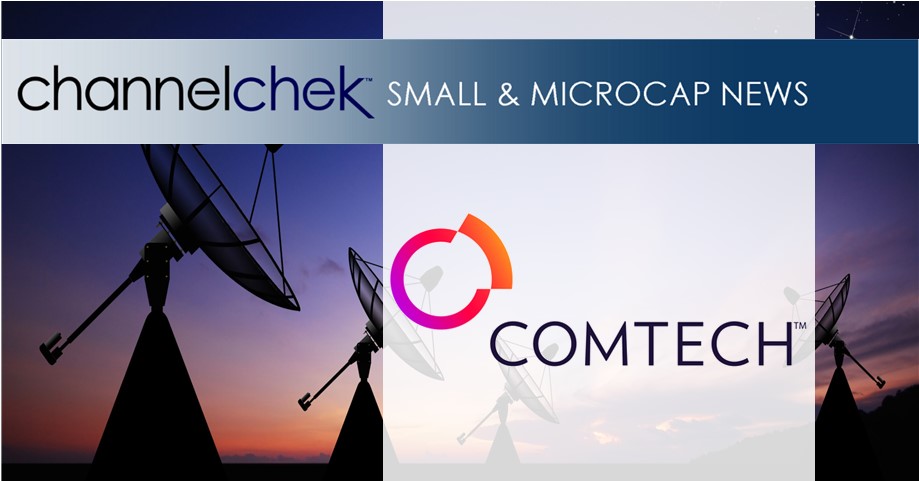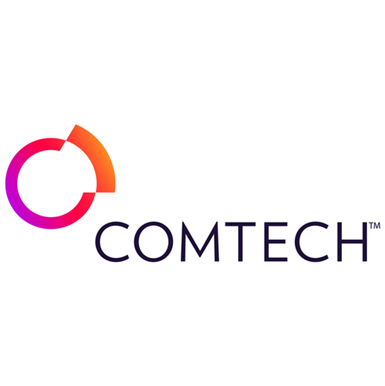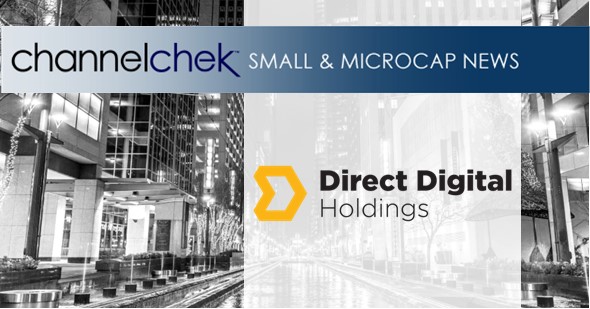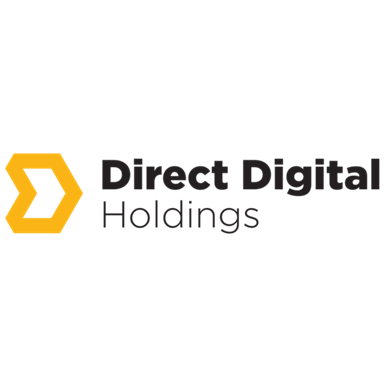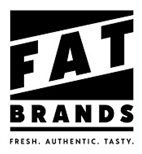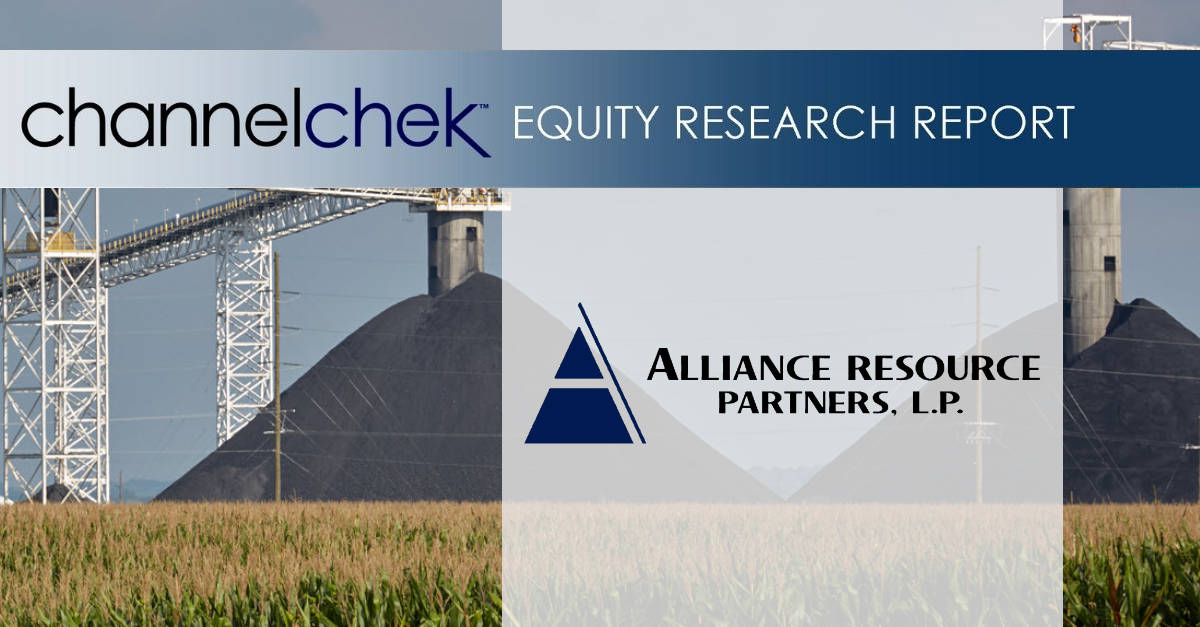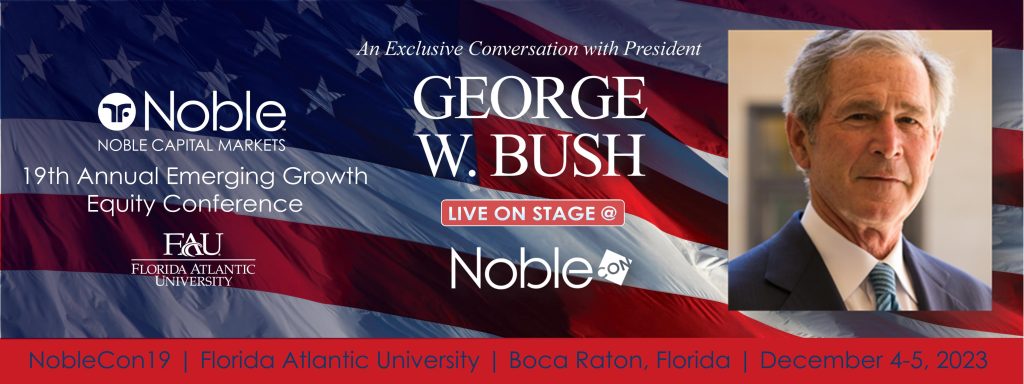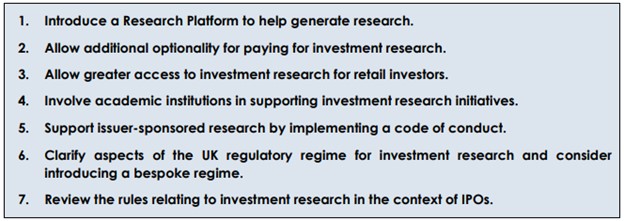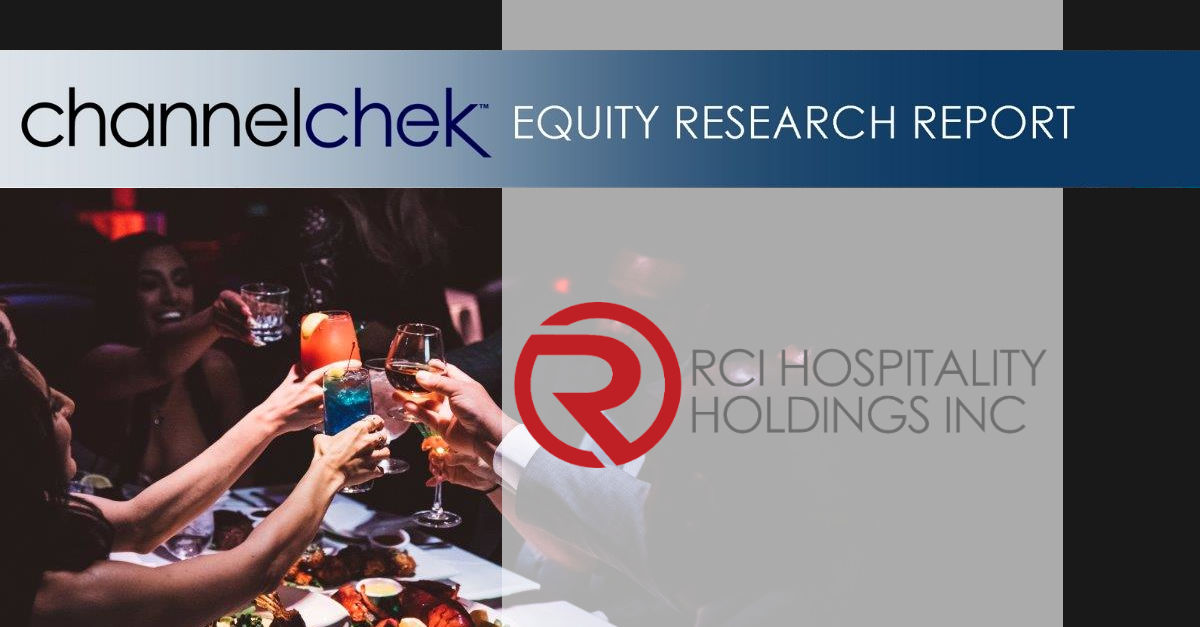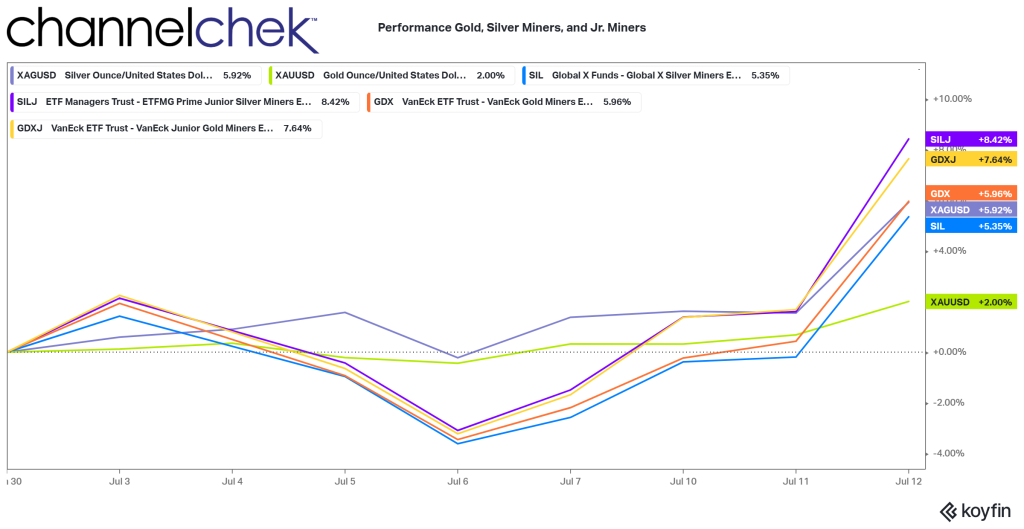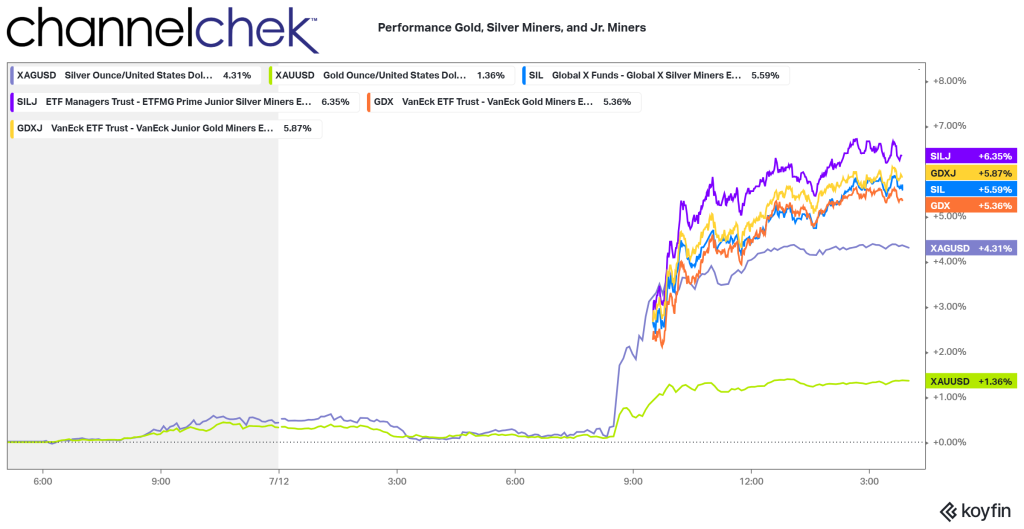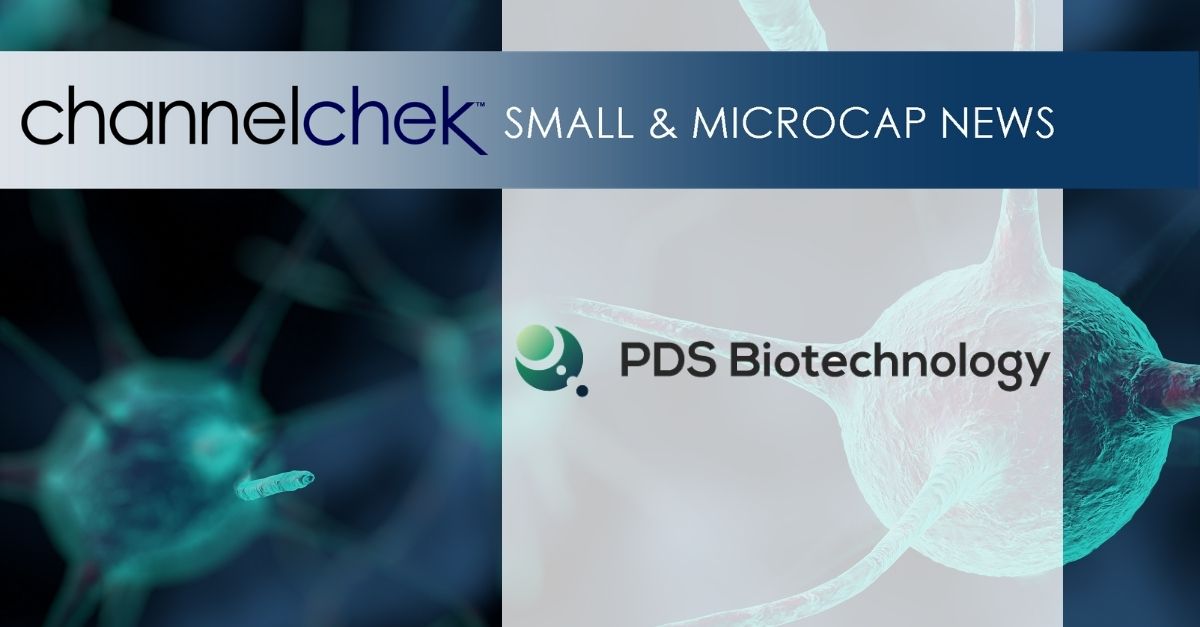
Do New SEC Rules Bubble Wrap Money Market Funds?
What if you bought a new home in what has historically been a trouble-free neighborhood? You are not one to take big risks with your family or belongings so you also pay extra for what are expected to be the best locks, install a security camera, motion detector lights, and build a state-of-the-art fence behind which sits your German shepherd named Patton. The first week after you move in, a town representative comes by and tells you that they are worried about your safety, so you and everyone else in town must also spend a little money each month on an alarm system they approve of. To you, even this small amount of money is a waste as Patton is generally always on the job, you have ample protection in other ways, and the extra money is better spent on dog food.
This is what many investors feel the SEC has just done by changing the already extremely low-risk rules for money market funds this week. These investors believe they already had ample safety in the “cash” allocation and may have already given up return in order to secure that safety. So the forced added layer of protection to MM funds, which have in over five decades only seen two funds in the asset class inch down in value, is an example of a regulator forcing them to pay for the protection they don’t need.
Money Market Fund Background
Money market funds are governed by the SEC under rule 2a-7 of the Investment Company Act of 1940. These rules are very specific in defining the underlying assets in the fund. The most common use of MM funds, and the restrictions governing the holdings, is to provide a very liquid alternative that can be viewed as cash among your other investments. Fund families at times use their MM funds as a funnel or gateway investment from which they hope to have investors venture beyond to other higher fee offerings.
Money market funds, typically purchased through a broker, are not insured, but the extremely high credit quality of underlying securities required by the SEC, along with the very short average maturity required by the SEC, along with the amount each fund is required by the SEC to hold in overnight investments, has provided investors with a very low-risk harbor for balances that may be used as savings, or as a parking place while waiting for more aggressive investment opportunities.
Unlike other mutual funds, where investors buy shares and over time the share price changes, money market funds shares are valued at $1.00. When the underlying investments accrue or pay interest, the non-fee portion of income is credited to account holders as a share dividend, always valued at $1.00. In this way it is designed to feel like a bank savings account. This minimal risk, savers to the tune of trillions of dollars, endure in exchange for higher returns than available in a bank passbook account, and the convenience of transferring money to purchase other investments.
What is the risk of a 2a-7 money market fund breaking the buck? You can count on two fingers. Since the first money market fund came to market in 1971, it has briefly occurred in two funds, and no investors lost money.
The first time a MM fund broke the buck was in 1994, a fund named Community Bankers U.S. Government Money Market Fund saw it’s NAV plummet from $1.00 to $0.96. This was after financial engineers at top Wall Street investment banks created derivative instruments that were far from liquid, and stopped accruing interest if markets didn’t perform as expected. Imagine being the first MM fund manager in history to drop below $1.00 because you disregarded prudence.
The second time was in 2008. The Reserve Primary Fund held Lehman Brothers commercial paper (very short-term notes). On September 16th of that year the fund company announced it had suffered losses in the fund to the extent that assets fell below $1.00 per share to $0.97.
The U.S. Treasury Department guaranteed the $1.00 share price in 2008 to prevent a run on MM funds. And in both occurrences, fund companies, in order to restore faith in their other products, made sure money fund holders were whole by redeeming shares when requested at $1.00.
SEC New Rules for Money Funds Beginning October 2023
In 2010 The SEC created new rules to enhance transparency, liquidity, and bolster the credit quality of MM funds. Despite having only experienced two brief brushes with breaking the buck.
The new rules for 2a-7 SEC-regulated money funds (any fund with “money” in the title is regulated under 2a-7) included that daily maturities must equal at least 10% of the fund. And further, each week at least 30% of the fund notes need to mature. The weighted average maturity of all holdings in any non-government MM fund can not extend longer than 60 days, down from 90 days. The rules essentially were a safe cash alternative and made it super safe, and along the way, they rduced average return to the investors.
A reminder, there has not been an incident since the new rules, but there was some concern in 2020 as the financial system took measures in response to the novel coronavirus.
On July 12, 2023 the SEC announced it has decided that investors in MM funds need to be protected even better. Or perhaps it is better protecting the fund industry by adding extra safety measures that they all have to play by, giving none a real competitive advantage, and increasing their competitiveness against FDIC insure bank money funds. Either way, it is sure to lower, once again, the interest rates paid on the average MM fund. Considering interest rate compounding and the time value of money, investors this coming October will begin “paying” more for protections than they are probably worth.
The SEC explained its reasons for the added protection.“Money market funds – nearly $6 trillion in size today – provide millions of Americans with a deposit alternative to traditional bank accounts,” said SEC Chair Gary Gensler. “Money market funds, though, have a potential structural liquidity mismatch. As a result, when markets enter times of stress, some investors – fearing dilution or illiquidity – may try to escape the bear. This can lead to large amounts of rapid redemptions. Left unchecked, such stress can undermine these critical funds. I support this adoption because it will enhance these funds’ resiliency and ability to protect against dilution. Taken together, the rules will make money market funds more resilient, liquid, and transparent, including in times of stress. That benefits investors.”
The SEC finalized the most recent amendments to Rule 2a-7 on July 12, 2023. The amendments are designed to improve the resilience and transparency of money market funds by:
- Requiring money market funds to impose a mandatory liquidity fee of 2% when daily net redemptions exceed 5% of total assets.
- Increasing the minimum daily liquid asset requirement from 10% to 15% of total assets
- Increasing the minimum weekly liquid asset requirement from 30% to 35% of total asset
- Giving money market fund boards the discretion to impose a liquidity fee if daily net redemptions exceed 2.5% of total assets.
Beginning in October 1, 2023, money market funds will also disclose more information about their liquidity risk, including the daily and weekly liquid asset requirements, the amount of liquidity fees imposed, and the reasons for imposing liquidity fees.
What Could the Impact Be?
In economics, everything has an impact. To address redemption costs and liquidity concerns, the amendments will require institutional prime and institutional tax-exempt money market funds to impose liquidity fees when a fund experiences daily net redemptions exceeding 5 percent of net assets, unless the fund’s liquidity costs are de minimis. This alone could cause investors to try to be first to the door if trouble is perceived thereby increasing the number of runs on these low-risk funds. The shorter average maturity, and higher percentage of holdings held maturing in one day and seven days will also reduce earnings in a normal sloping yield curve environment.
In addition, the amendments will require any non-government money market fund to impose a discretionary liquidity fee if the board determines that a fee is in the best interest of the fund. This could be perceived as the funds management punishing investors for expecting a MM fund to provide liquidity on demand. It could also have the impact of funds taking more chances, as the fund manager knows that if a sudden withdrawal spree occurs and a large percentage of their holdings have gone down in value, they can charge customers for wanting their money.
Take Away
When it comes to investing, risk versus return is a top consideration. Many investors know this and are concerned that regulatory bodies try to protect investors from the downside of risk. By doing this they shield investors from the benefits of risk. It can be argued that some IPOs may not be suitable for every investor, but should ultra-safe money market funds be further shored up at an ongoing cost in return, to reduce the unlikely day when they may lose 3 cents a share? Write to me and let me know what you think.
Managing Editor, Channelchek
Sources
https://www.sec.gov/rules/proposed/2021/ic-34441-fact-sheet.pdf
https://www.investor.gov/introduction-investing/investing-basics/glossary/money-market-fund

